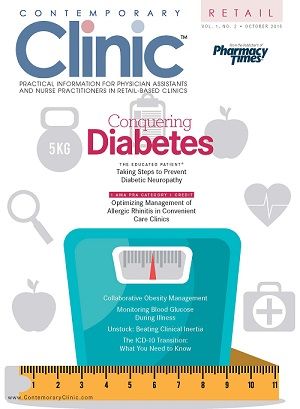Trends and Online Media: Increase in Tobacco Use Among Adolescents
Recent statistics from a literature review in theJournal of Pediatric Nursingshow an increase in the use of electronic cigarettes (e-cigarettes) among adolescents. From 2011 to 2012, use went up among high school and middle school students (1.3% and 0.6%, respectively). Even though there are few studies on the long-term health effects of e-cigarettes, the upward trend in use by adolescents could have negative implications.
The authors found that companies making e-cigarettes imply they are a healthy alternative to tobacco products and regular cigarettes. However, most e-cigarettes have nicotine in them, which is known to increase the risks of heart disease, stroke, and certain cancers. Adolescent users of e-cigarettes can still become addicted to nicotine and be willing to eventually switch to the use of real cigarettes.
The lack of restrictions on the sale of e-cigarettes contributes to the issue: in the United States, because they do not contain tobacco, there are no restrictions on who can buy e-cigarettes, leaving them easy for minors to access. They also come in flavors such as bubble gum, cookies and cream, strawberry, and gummy bear. Manufacturers report not targeting their product to children, but these flavors tend to attract adolescents, who perceive these new products positively.
Until more research is done, there is no way of knowing how harmful the use of e-cigarettes can be—but, the potential is there. It is important for health care providers and pediatric nurses to warn adolescents, and their parents, about the risks and dangers of e-cigarette use.

Knock Out Aches and Pains From Cold
October 30th 2019The symptoms associated with colds, most commonly congestion, coughing, sneezing, and sore throats, are the body's response when a virus exerts its effects on the immune system. Cold symptoms peak at about 1 to 2 days and last 7 to 10 days but can last up to 3 weeks.
COPD: Should a Clinician Treat or Refer?
October 27th 2019The Global Initiative for Chronic Obstructive Lung Disease (GOLD) defines the condition as follows: “COPD is a common, preventable, and treatable disease that is characterized by persistent respiratory symptoms and airflow limitation that is due to airway and/or alveolar abnormalities usually caused by significant exposure to noxious particles or gases.â€
Diabetic Ketoacidosis Is Preventable With Proper Treatment
October 24th 2019Cancer, diabetes, and heart disease account for a large portion of the $3.3 trillion annual US health care expenditures. In fact, 90% of these expenditures are due to chronic conditions. About 23 million people in the United States have diabetes, 7 million have undiagnosed diabetes, and 83 million have prediabetes.
What Are the Latest Influenza Vaccine Recommendations?
October 21st 2019Clinicians should recommend routine yearly influenza vaccinations for everyone 6 months or older who has no contraindications for the 2019-2020 influenza season starting at the end of October, according to the Advisory Committee on Immunization Practices.
What Is the Best Way to Treat Pharyngitis?
October 18th 2019There are many different causes of throat discomfort, but patients commonly associate a sore throat with an infection and may think that they need antibiotics. This unfortunately leads to unnecessary antibiotic prescribing when clinicians do not apply evidence-based practice.
